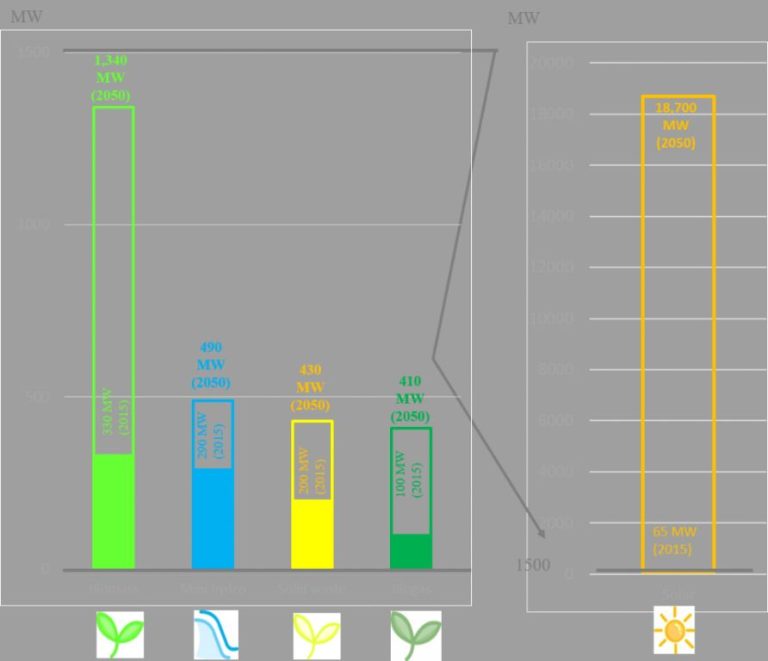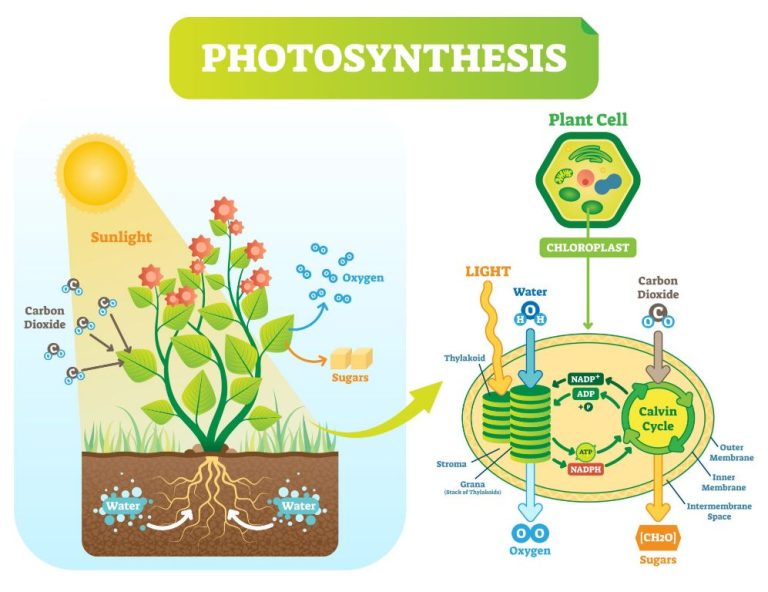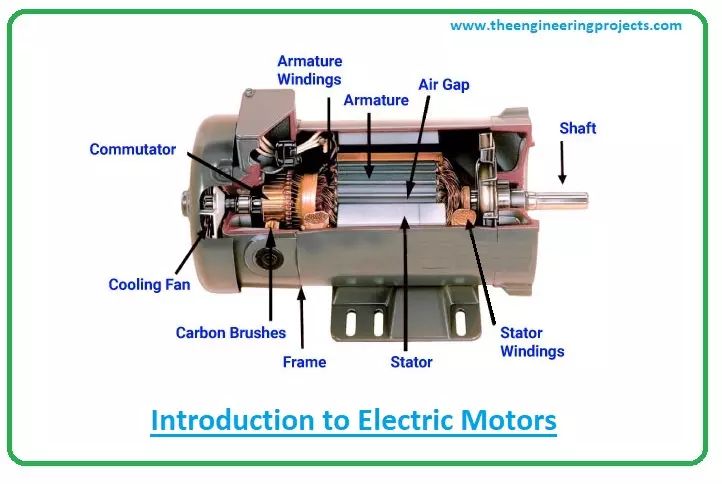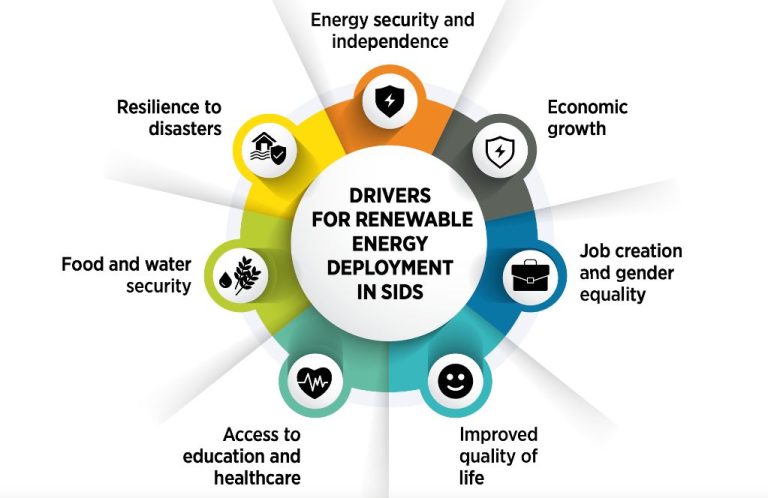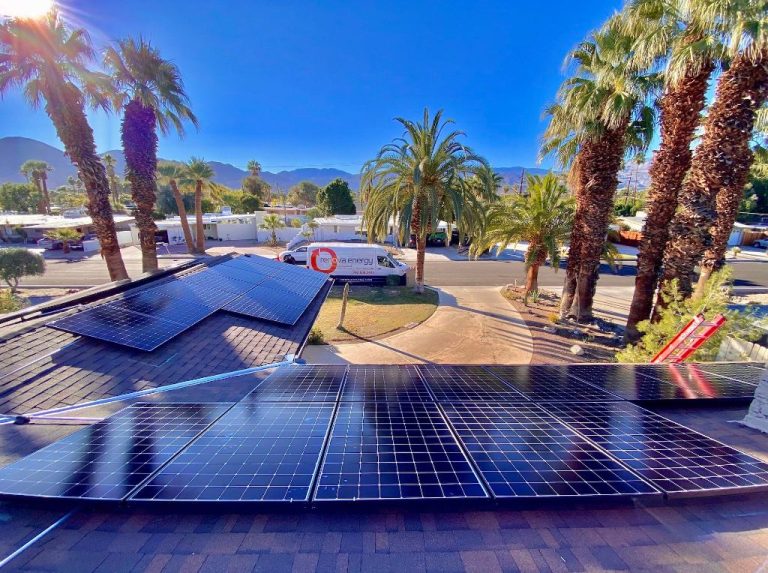Which Electricity Can Be Stored?
Electricity is essential to modern life, but it can be challenging to store and manage. Unlike liquid fuels, electricity must be used as it is generated. However, there are several ways to store electricity on both large and small scales. The main methods include batteries, pumped hydro storage, flywheels, compressed air energy storage, thermal storage, hydrogen storage, superconducting magnetic energy storage, and supercapacitors. This article will provide an overview of the leading electricity storage technologies available today.
Batteries
Batteries are one of the most common ways to store electricity. They use chemical reactions to store energy and generate electricity on demand. Batteries come in different shapes, sizes and types depending on their use cases.
Lead-acid batteries are the oldest and most mature battery technology. They are inexpensive and commonly used in vehicles and backup power systems. However, they have low energy density. Lithium-ion batteries have high energy density and are used in consumer electronics and electric vehicles. Sodium-sulfur batteries operate at high temperatures and are suitable for grid energy storage. Other battery types include nickel-cadmium, nickel-metal hydride and flow batteries.
Batteries provide many advantages for energy storage applications. They can respond quickly to changes in electricity demand and have modular and scalable capacities. However, batteries have limited energy storage durations and capacity degrades over time. They also require advanced power electronics and safety management systems. Overall, batteries are a versatile electricity storage technology with a wide range of uses.
Pumped Hydro Storage
Pumped hydro storage is currently the largest-capacity and lowest-cost form of grid energy storage available. It works by pumping water uphill into an upper reservoir when electricity demand and prices are low. This allows the storage of excess electricity generated from intermittent power sources like wind and solar.
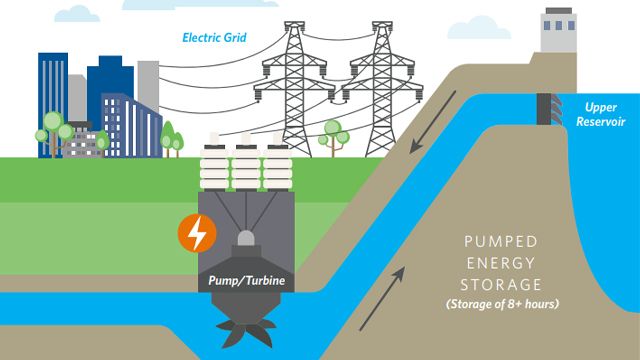
When electricity demand and prices are high, the stored water can be released from the upper reservoir through a turbine to generate hydroelectricity. The height difference between the upper and lower reservoirs creates potential energy in the stored water. This potential energy gets converted to electricity as the water flows down through the turbines.
The round-trip efficiency of pumped hydro storage, defined as the ratio of electricity used for pumping to the electricity generated, is around 70-80%. The upper reservoir acts as a giant battery, storing energy in the form of gravitational potential energy. Overall, pumped hydro provides a reliable way of balancing electricity supply and demand in grids with high renewable penetration.
Flywheels
Flywheels are an interesting technology for storing electricity as kinetic energy in a spinning mass. They work by accelerating a rotor (flywheel) to a very high speed, storing the energy as rotational kinetic energy. When electricity is needed, the flywheel’s rotation is slowed down, generating electricity through the attached generator.
Flywheels are constructed of a disc made from high strength carbon fiber materials or advanced composite materials attached to a shaft. The flywheel and shaft assembly are placed in a vacuum chamber or housing to reduce friction and allow it to spin faster. They can spin up to 40,000 rpm or more.
The amount of energy a flywheel can store depends on the mass and rotational speed of the rotor – the heavier and faster it spins, the more energy can be stored. Flywheels respond quickly to charge and discharge cycles, making them suitable for smoothing out short-term fluctuations or interruptions in electricity supply.
However, flywheels lose their stored energy relatively quickly due to friction, needing recharging by an external energy source. Therefore, they are mostly suited for short-term energy storage up to around 15 minutes. Flywheels have found uses in uninterruptible power supply systems and high-power applications. Continued material and bearing improvements may expand their capabilities for grid energy storage in the future.
Compressed Air Energy Storage
Compressed air energy storage (CAES) relies on harnessing the potential energy of compressed air to store electricity. This involves compressing ambient air and pumping it into specially designed underground caverns or tanks. When electricity is needed, the air is released from the cavern, heated, and expanded through a turbine which drives a generator to produce electricity.
The most common locations for compressed air storage are underground salt caverns, aquifers, abandoned mines and hard rock caverns. These geologic formations are used for their impermeability and structural integrity to securely confine the compressed air. Salt caverns can be created through solution mining and provide an airtight container, while naturally occurring caverns in rock formations can also be used or enhanced.
Compressed air storage allows renewable energy like wind and solar to be stored for later use when the wind isn’t blowing or sun isn’t shining. It provides a large-scale way to store energy and help overcome intermittency issues with renewables. This technology also helps grid operators balance supply and demand efficiently. Overall, CAES can provide long-duration bulk energy storage on a utility scale.
Thermal Storage
Thermal storage allows heat or cold to be captured and stored for later use in heating and cooling applications. Some thermal storage technologies include:
– Molten salt storage: This involves heating molten salt and storing it in an insulated tank. The stored hot molten salt can be used later to produce steam to generate electricity.
– Chilled water storage: Chilled water is produced at night when electricity demand is low. The chilled water is stored in tanks and then used during the daytime for air conditioning.
– Ice storage: Water is frozen at night into ice. The ice is then melted during the day to provide cooling for air conditioning systems.
– Underground thermal energy storage: Excess heat is stored underground in rock, soil, or water reservoirs. This heat is extracted later to heat homes and businesses.
– Phase change materials (PCMs): These are materials that melt and solidify at certain temperatures. They can absorb and release heat during the melting and solidifying process to help regulate temperatures.
The key benefit of thermal storage is it allows electricity usage to be shifted from peak to off-peak hours. This helps balance electricity demand and can reduce costs.
Hydrogen Storage
Hydrogen can be produced through electrolysis, which uses electricity to split water into hydrogen and oxygen. The hydrogen can then be stored and later used to generate electricity again in a fuel cell. Fuel cells combine hydrogen and oxygen to produce electricity, with water and heat as byproducts.
To store electricity as hydrogen, an electrolyzer is used to convert electricity into hydrogen gas. This process uses electricity to split water molecules (H2O) into hydrogen and oxygen. The hydrogen is then compressed and stored, often in pressurized tanks or underground caverns. When electricity is needed, the stored hydrogen is fed into a fuel cell along with oxygen from the air. This electrochemical reaction generates electricity, with water and heat as the only byproducts.
The benefit of this method is that large quantities of hydrogen can be stored for long periods of time and used to produce electricity on demand. There are some energy losses during the conversion process from electricity to hydrogen and back, but storage capacities can be large and long-term compared to most other storage methods.
Challenges for hydrogen storage include developing lower cost electrolyzers, efficient hydrogen storage, transportation and infrastructure, and cheaper fuel cell systems. But research is ongoing to improve the technology and economics.
Superconducting Magnetic Energy Storage
Superconducting magnetic energy storage (SMES) systems store energy in the magnetic field created by the flow of direct current in a superconducting coil. The coil must be cryogenically cooled to a temperature below its superconducting critical temperature, allowing it to maintain a persistent, circulating current without resistance.
The main advantage of SMES is its ability to quickly absorb or discharge large amounts of power. It takes just milliseconds for an SMES system to go from charging to discharging. This makes SMES uniquely suited for providing stability to the electric grid by regulating load variations. For example, it can offset short-term power fluctuations or provide momentary back-up power in case of a blackout.
SMES systems are capable of storing megawatt-hours of energy. However, they have not yet been widely adopted due to the high cost of superconducting wire and cryogenic refrigeration. Ongoing research aims to improve efficiency and lower costs by developing high-temperature superconducting materials that can operate above liquid nitrogen temperatures.
Supercapacitors
Supercapacitors, also known as ultracapacitors or electric double-layer capacitors (EDLCs), are energy storage devices that store energy by physically separating positive and negative charges. Unlike batteries that store energy chemically, supercapacitors store energy directly through electrostatic charges.
The way supercapacitors work is that two metal plates, coated with a porous material like activated charcoal, are suspended in an electrolyte solution. When connected to a charging source, an electric field is created which causes positive ions in the electrolyte to accumulate on one plate’s surface and negative ions to accumulate on the other plate’s surface. This separation of charge stores energy electrostatically. The closer the ions can get to the plates, the more energy can be stored.
Because supercapacitors rely on physical charge separation rather than slow chemical reactions, they can charge and discharge energy much faster than batteries. They also deliver significantly higher power density than batteries, capable of releasing bursts of energy in a fraction of a second. However, their energy density is generally lower than batteries.
Due to their unique advantages like fast charging, high power density, and longer lifespans, supercapacitors are used in applications requiring rapid charge/discharge such as regenerative braking systems, short-term energy storage, and burst-mode power delivery.
Conclusion
When it comes to storing electricity, we have many options available to us. As discussed in this article, batteries, pumped hydro storage, flywheels, compressed air energy storage, thermal storage, hydrogen storage, superconducting magnetic energy storage, and supercapacitors can all effectively store electricity for later use. Each method has its own advantages and disadvantages in terms of scale, efficiency, lifespan, environmental impact, and cost.
Going forward, research is ongoing into improving existing storage methods as well as developing promising new technologies. Flow batteries, liquid air energy storage, gravity energy storage, and graphene supercapacitors are some examples of innovations that may play a bigger role in electricity storage in the future. With more intermittent renewable energy coming online, the importance of grid-scale energy storage will only increase. Thankfully, engineers and scientists are making advancements to make sure we have viable and economical electricity storage options available when we need them.

